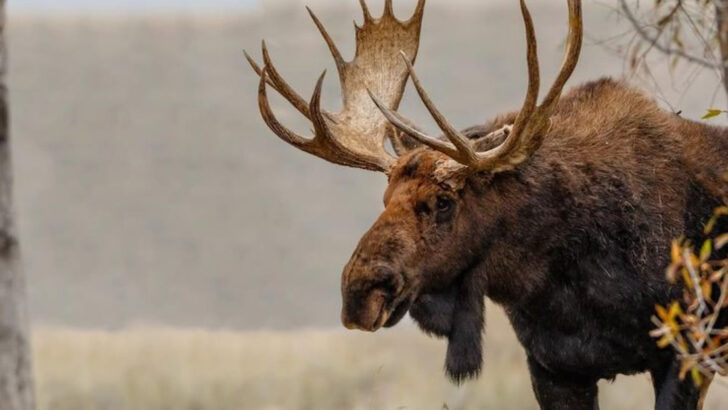Michigan is a wildlife lover’s dream. From the towering trees of the north to the sparkling shores of the Great Lakes, this state is bursting with creatures that are as diverse as they are captivating. Whether you’re hiking through a dense forest or walking along the beach, you never know what animal might cross your path.
With everything from elusive wolves to playful river otters, Michigan’s wild residents are as mysterious as they are magnificent. The thrill of spotting a rare bird or catching a glimpse of a mighty deer can make every outdoor adventure feel like a treasure hunt.
Ready to see Michigan’s wildlife up close? This guide takes you through 19 amazing animals that call this state home and shows you where to find them. So, grab your binoculars and get ready to experience Michigan’s wild side!
Eastern Gray Squirrel
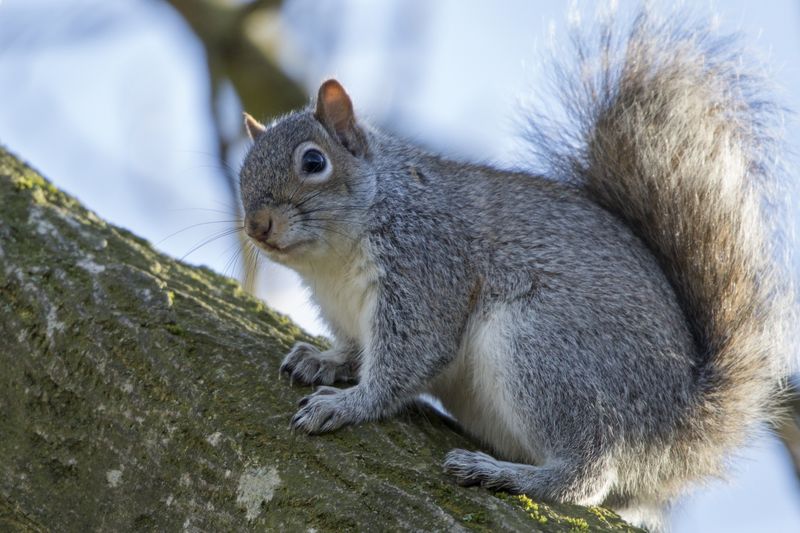
The Eastern Gray Squirrel is a common sight in Michigan’s forests and urban areas. With its bushy tail and agile movements, it captures the attention of passersby.
You can often spot these creatures in local parks or wooded areas, especially during the fall when they actively gather nuts. In Michigan, they thrive in both rural and urban settings, adapting to the changing landscapes.
Their playful antics and clever foraging techniques make them a favorite among children and adults alike. Visit any park in the state, and you’re likely to encounter these lively creatures scurrying about.
White-tailed Deer
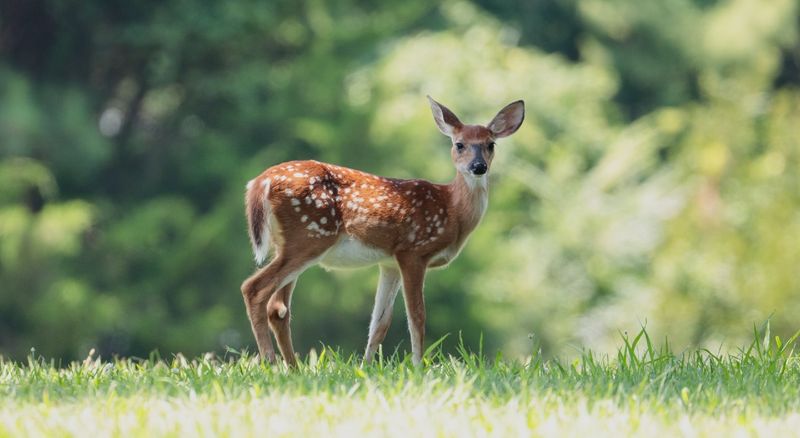
The White-tailed Deer is Michigan’s official state animal, found abundantly across the state. Known for their striking antlers and graceful leap, they’re a symbol of Michigan’s rich natural heritage.
Early mornings or late afternoons are the best times to spot them. These deer are often seen in forests and meadows, blending perfectly into the environment.
In the fall, their antlers become a magnificent sight, attracting photographers and nature lovers. If you’re quiet and patient, you might catch a glimpse of these majestic creatures in the wild, showcasing their natural beauty.
American Black Bear
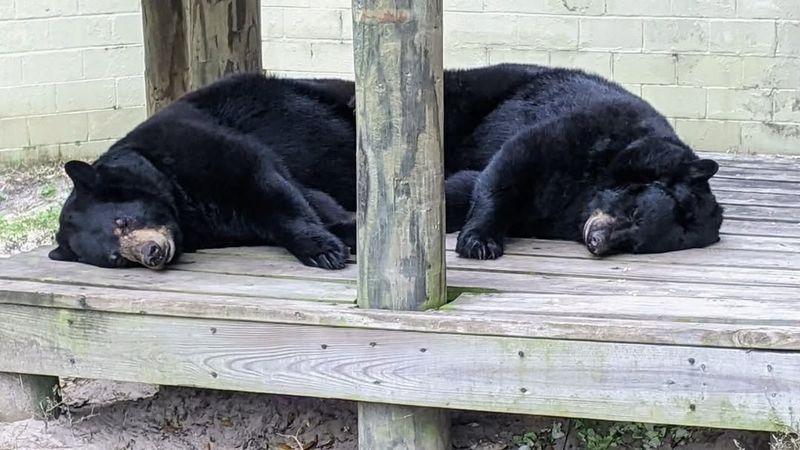
American Black Bears roam Michigan’s northern forests, offering a thrilling sight for wildlife enthusiasts. These solitary animals are often found searching for food, particularly berries and insects, during the warmer months.
Despite their size, black bears are generally shy and avoid human contact. However, spotting one from a safe distance can be an exhilarating experience.
If you’re in the Upper Peninsula or northern Lower Peninsula, keep your eyes peeled. The best chance to observe them is during dawn or dusk, when they are most active and the forest comes alive.
Bald Eagle
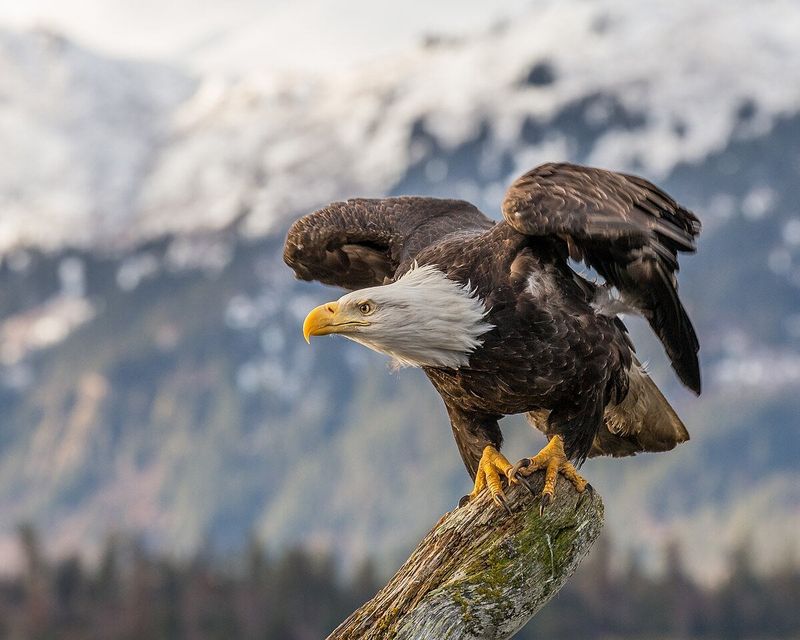
The Bald Eagle, a symbol of freedom and courage, graces Michigan’s skies with its presence. Look for these birds near large bodies of water, where they hunt for fish.
Lake Huron and Lake Michigan are popular sites for eagle watching. With a wingspan that can exceed seven feet, their aerial displays are truly awe-inspiring. Watching a Bald Eagle dive for its prey is a breathtaking sight.
Bird watchers and photographers flock to known nesting areas, eager to capture these moments. Patience and a good pair of binoculars will enhance your eagle-spotting experience.
Sandhill Crane
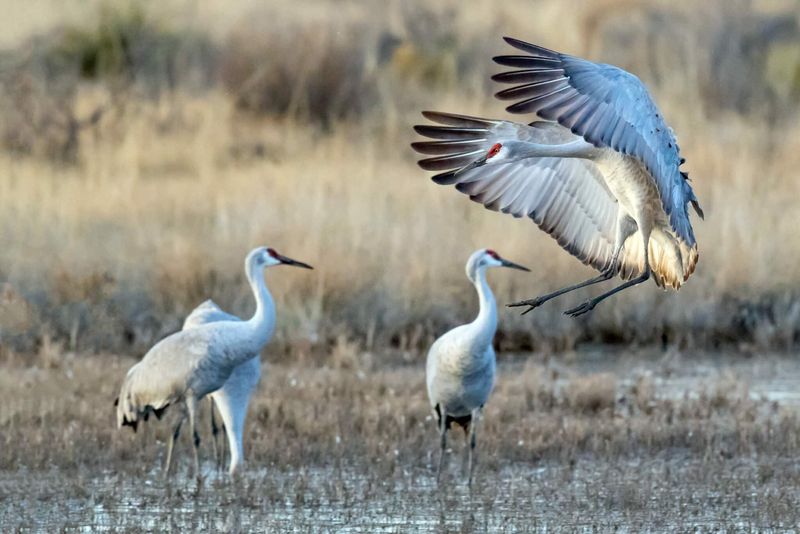
Sandhill Cranes are a delight to behold, known for their distinctive trumpeting calls and elegant courtship dances. These birds frequent Michigan’s marshes and wetland areas.
In the spring and fall, they gather in large flocks during their migration. The sight of these cranes, with their long legs and necks, gracefully moving through the water, is unforgettable.
Birdwatchers enjoy spotting these creatures, often using telescopes to observe them more closely. The best time to witness their spectacular dances is during the early morning or late afternoon, when the light is perfect for viewing.
Common Loon
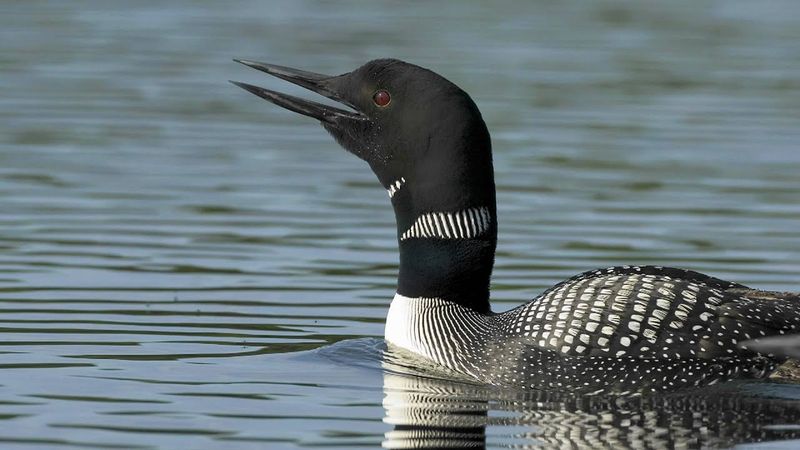
The haunting calls of the Common Loon echo across Michigan’s northern lakes, creating an iconic soundscape. These birds are known for their striking black-and-white plumage and red eyes.
Loons are expert divers, often disappearing underwater in pursuit of fish. To spot them, visit any of Michigan’s clear, cold lakes. Early summer is the prime time to observe loon families, as the adults nurture their young.
Their eerie, melodious calls are a quintessential part of Michigan’s wilderness, captivating those who venture into their aquatic domain for a closer look.
Moose
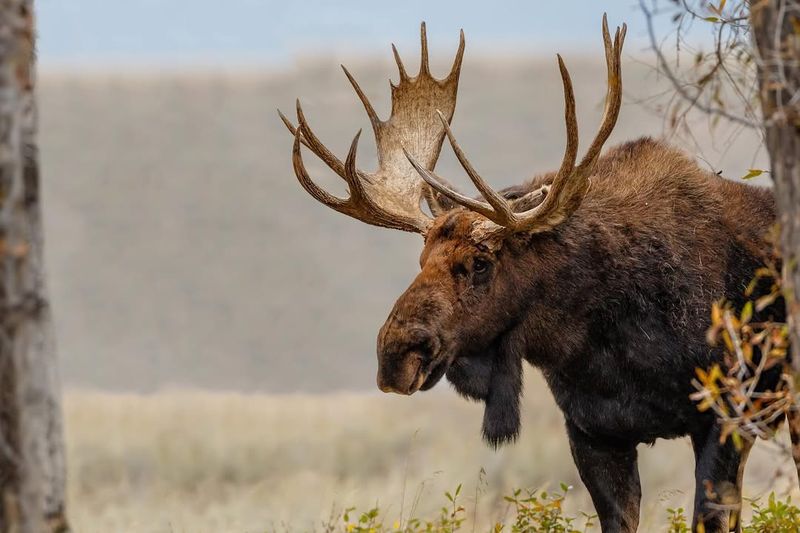
In the remote areas of Michigan’s Upper Peninsula, the Moose reigns supreme as the largest member of the deer family. Known for their massive size and impressive antlers, moose are a sight to behold.
These giants are often found near water bodies, feeding on aquatic plants. Early mornings or late evenings provide the best opportunities to observe moose, as they are most active during these times.
Exploring the dense forests and swamps of the Upper Peninsula might lead you to encounter one of these majestic creatures, captivating with their sheer presence and strength.
Red Fox

The Red Fox, with its striking orange-red fur and bushy tail, is a cunning predator found throughout Michigan. They adapt well to various environments, from deep forests to suburban neighborhoods.
Watching a fox hunt or play in the snow is a captivating experience. Their intelligence and adaptability make them successful survivors. If you’re hiking or exploring the countryside, keep an eye out for their distinctive tracks in the snow or mud.
Red Foxes are often seen in the early morning or late evening, when they are most active in their pursuit of food.
Porcupine
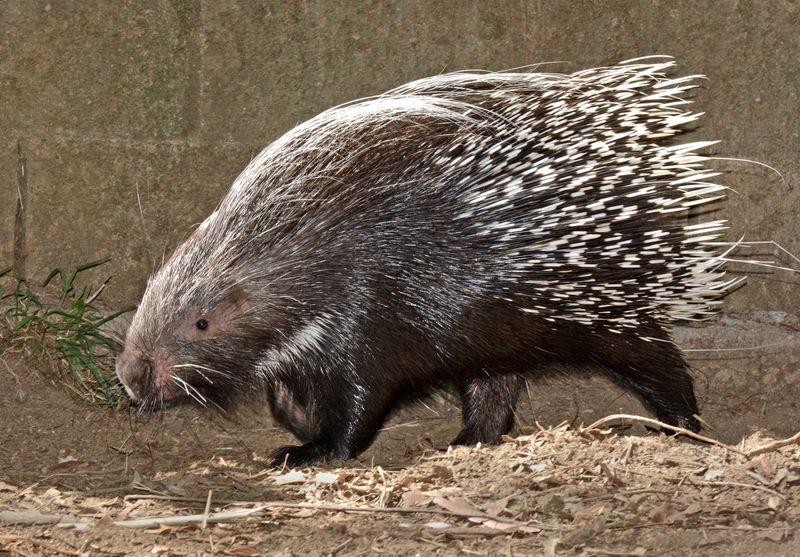
Porcupines, with their quilled armor, are fascinating creatures that wander Michigan’s woodlands. These slow-moving animals are mostly nocturnal, venturing out at night to forage for food.
During the day, they rest high in trees or hidden within rocky crevices. Their unique defense mechanism, sharp quills, provides protection from predators. Watching porcupines climb trees is a unique sight, showcasing their surprising agility.
If you’re exploring the woods in the evening or at night, you might hear their rustling movements or catch a glimpse of them high above, nestled among the branches.
Peregrine Falcon
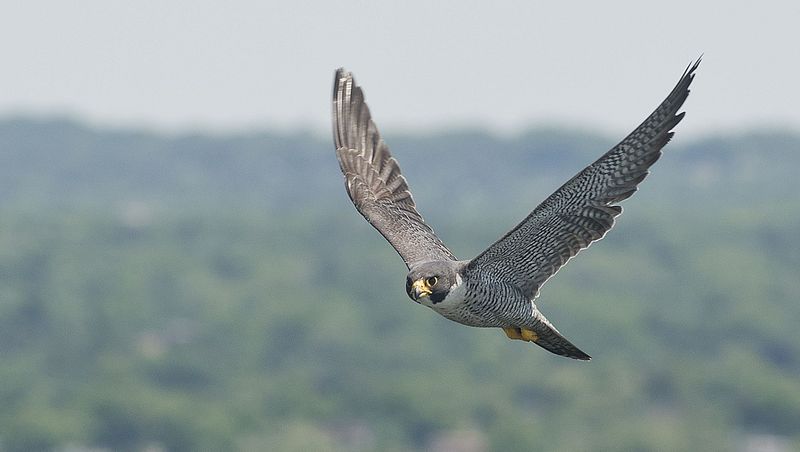
The Peregrine Falcon, renowned for its incredible speed, is a marvel in Michigan’s skies. Known as the fastest bird, it can reach speeds of over 240 miles per hour during its hunting stoop.
These falcons thrive in diverse habitats, from city skyscrapers to remote cliffs. Observing a Peregrine Falcon diving towards its prey is a heart-pounding spectacle.
The Great Lakes provide ideal hunting grounds, with ample prey and nesting sites. Bird watchers treasure these moments, using binoculars to follow their swift, acrobatic flights. Watching these birds in action is a testament to nature’s incredible designs.
Gray Wolf
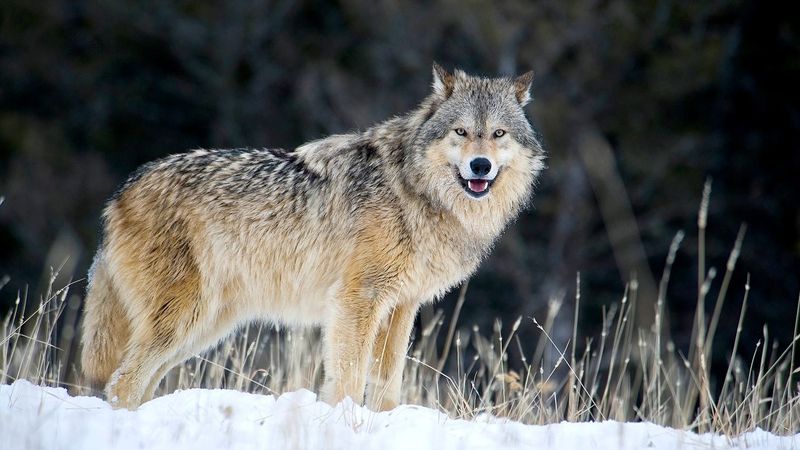
The elusive Gray Wolf roams the wilds of Michigan’s Upper Peninsula, a symbol of wilderness and untamed beauty. Wolves are social animals, living and hunting in packs.
Their haunting howls echo through the forests, serving as both a call to their pack and a warning to rivals. Sightings are rare, but tracks and signs of their presence are more common.
If you’re fortunate, you might spot a pack moving stealthily through the woods. For a chance to witness these magnificent animals, explore the remote areas of the Upper Peninsula, especially during the winter months.
Wild Turkey
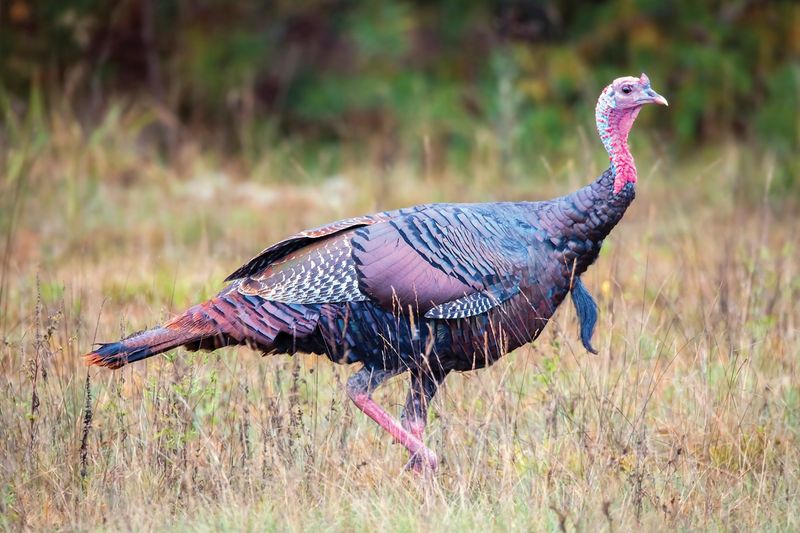
Wild Turkeys, with their glossy feathers and fan-like tails, are a common sight in Michigan’s woodlands and fields. These birds are highly social, often seen in large flocks.
Their gobbling calls and strutting displays are a fascinating spectacle. Turkeys are foragers, scratching the ground in search of seeds, insects, and berries. Watching them interact and communicate is a delightful experience.
Early morning or late afternoon are the best times to observe these birds, as they are most active during these periods. Their presence adds a lively dynamic to Michigan’s rural landscapes.
Eastern Cottontail Rabbit
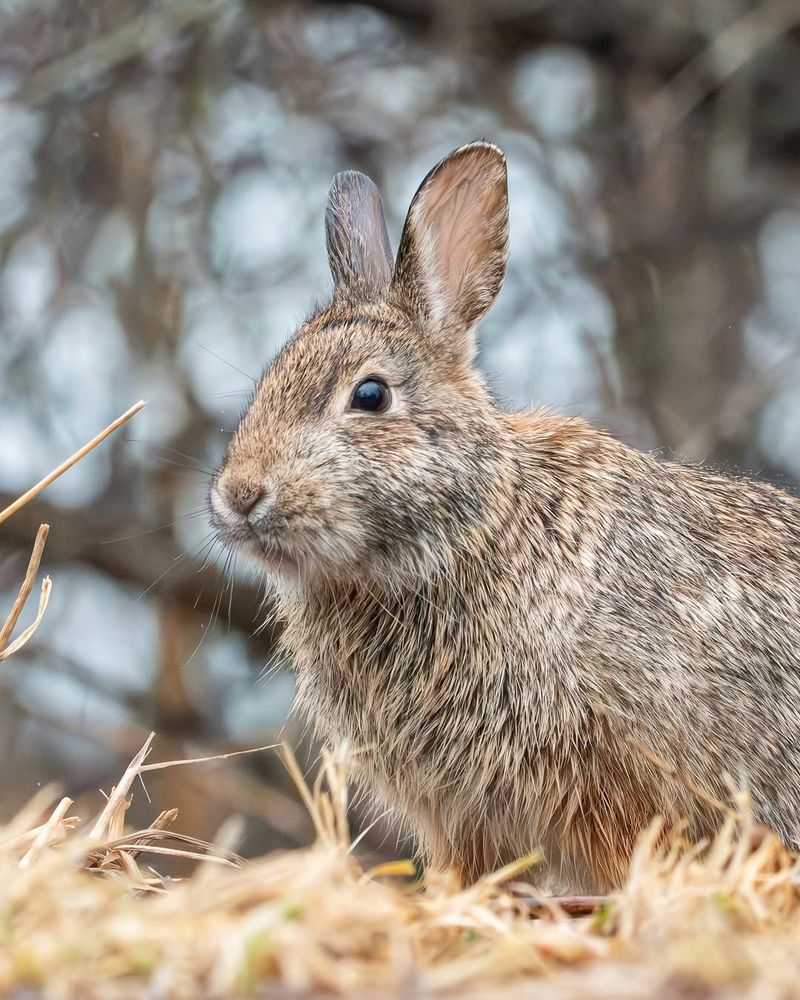
The Eastern Cottontail Rabbit, with its soft fur and twitching nose, is a charming resident of Michigan’s meadows and suburban gardens. These rabbits are known for their quick, bounding movements and large, expressive eyes.
Often spotted at dawn or dusk, they venture out to graze on grass and clover. Their presence is marked by the telltale signs of nibbled plants and tracks in the soil.
Watching a cottontail darting through the grass is a joyful sight, especially for families exploring nature trails. These rabbits play a crucial role in the ecosystem, serving as prey for various predators.
Ruffed Grouse
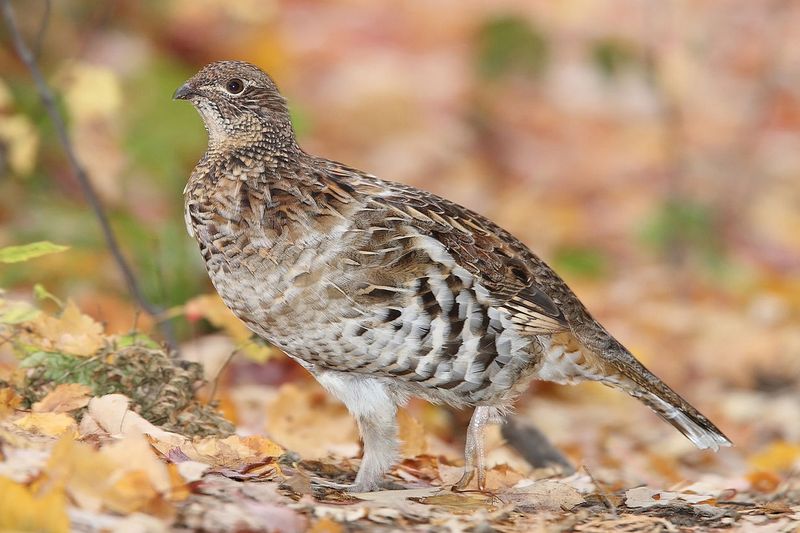
The Ruffed Grouse is a master of disguise in Michigan’s forests, blending seamlessly into the underbrush. Known for its drumming display, which males perform by beating their wings against the air, the sound resonates through the woods.
Spotting these birds requires patience and a keen eye, as their mottled plumage provides excellent camouflage. Exploring wooded trails in the northern regions increases your chances of encountering these elusive birds.
Their drumming signals are a unique auditory experience, echoing the rhythms of the forest and marking the territories of these fascinating creatures.
Painted Turtle
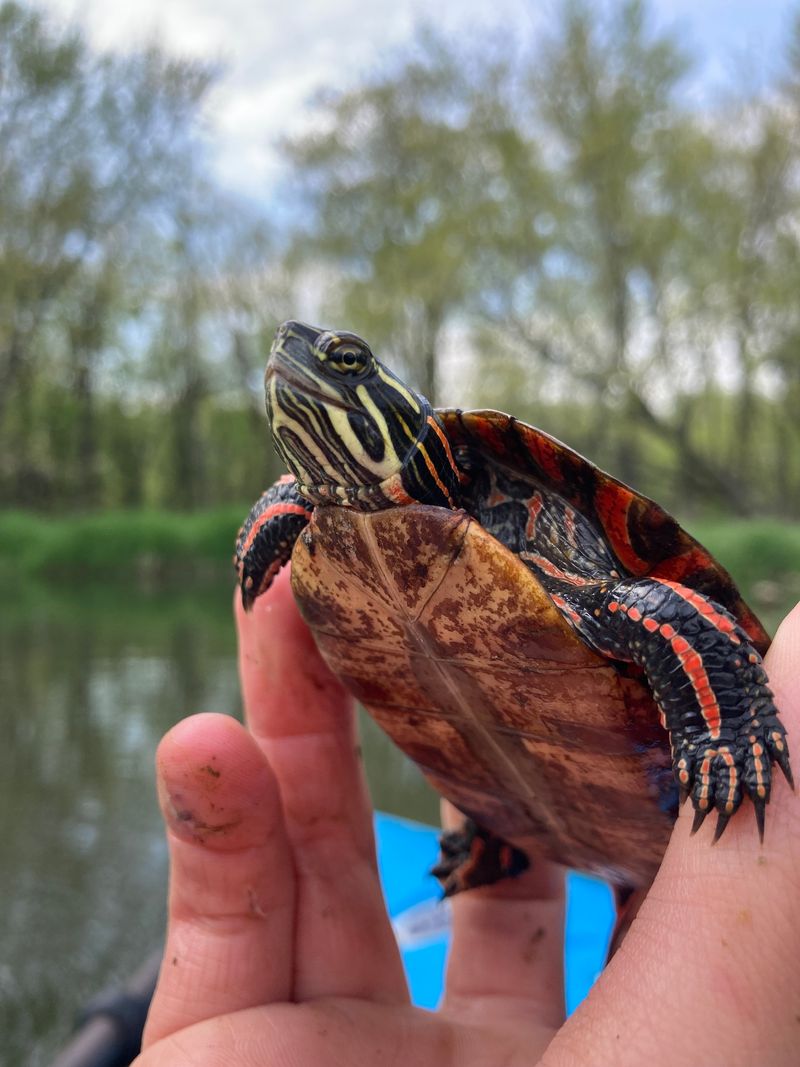
Painted Turtles, with their vivid markings, are a charming sight in Michigan’s ponds and lakes. These reptiles love basking in the sun, often seen piled together on logs or rocks.
Spring and summer are the best times to observe them, as they are most active during warm days. Painted Turtles are excellent swimmers, gracefully gliding through the water in search of food.
Their colorful shells and serene presence make them a favorite among nature enthusiasts. Visiting a quiet pond or wetland area offers the perfect opportunity to watch these turtles in their peaceful habitat.
Osprey
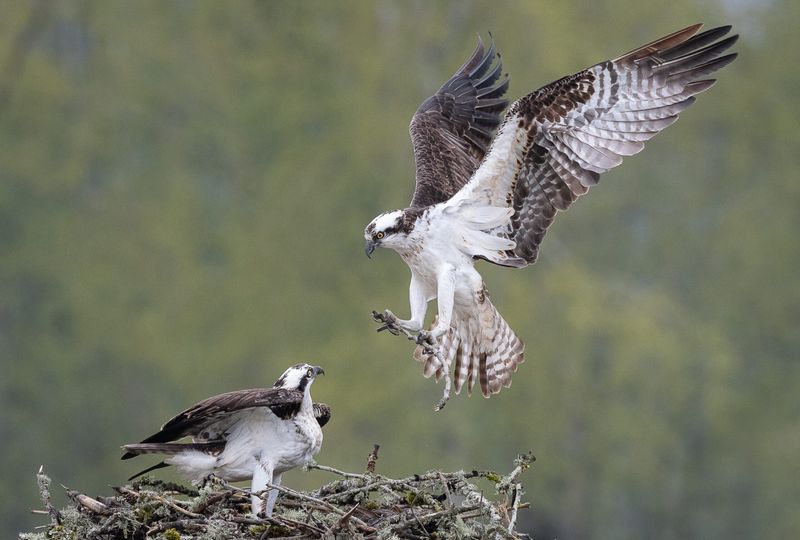
The Osprey, with its striking black and white plumage, is a skilled fisherman found near Michigan’s waterways. Known for their spectacular dive to catch fish, these birds are a captivating sight.
Ospreys build large nests near the water, often returning to the same site year after year. Observing an Osprey in action is a thrilling experience, especially as it hovers high before plunging into the water.
The Great Lakes and inland lakes provide ample opportunities to witness these birds in their element. Their presence signifies a healthy ecosystem and the abundance of fish in Michigan’s waters.
Beaver
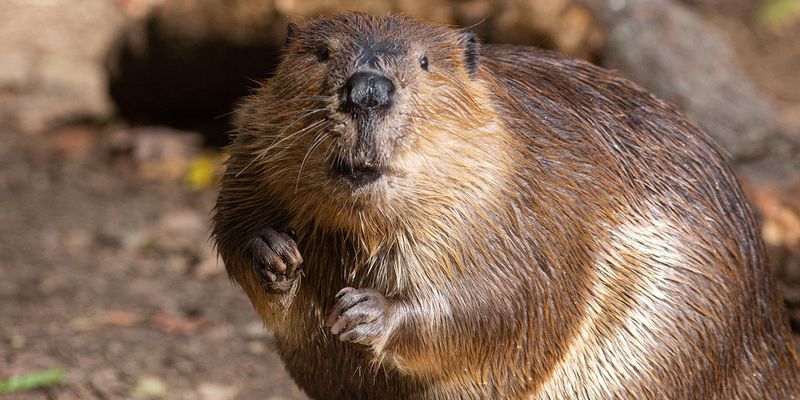
Beavers, nature’s architects, are remarkable creatures that inhabit Michigan’s rivers and streams. Known for their engineering skills, they build intricate dams and lodges using sticks and mud.
Their work creates wetlands, which support a diverse range of wildlife. Watching a beaver at work is a fascinating experience, revealing their industrious nature and adaptability.
Dusk or dawn are the best times to spot these animals as they are primarily nocturnal. Exploring Michigan’s waterways with patience and quiet observation might reward you with a glimpse of these incredible builders in action.
Northern Cardinal
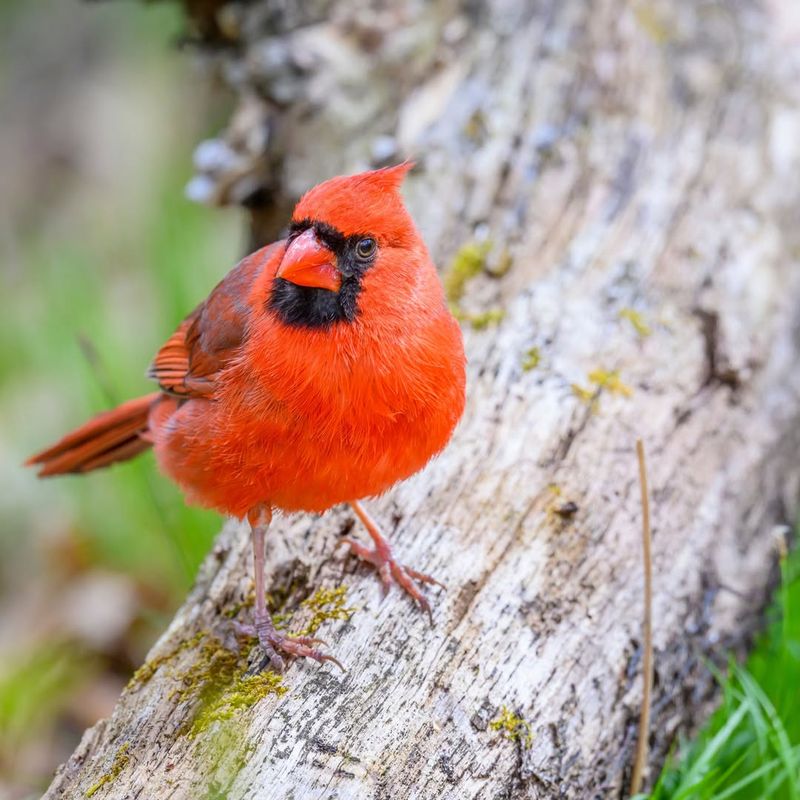
With its brilliant red plumage, the Northern Cardinal is a striking bird that brightens Michigan’s winter landscapes. These birds are a familiar sight at backyard feeders, where they readily come for seeds.
Cardinals are known for their melodious songs, which cheerfully fill the air during the colder months. Spotting a cardinal against a snowy backdrop is a heartwarming sight, symbolizing hope and vitality.
Encouraging them to visit your garden is as simple as providing sunflower seeds. Their vibrant presence is a reminder of nature’s resilience, even in the harshest of seasons, bringing color and life to the winter gloom.
Eastern Box Turtle
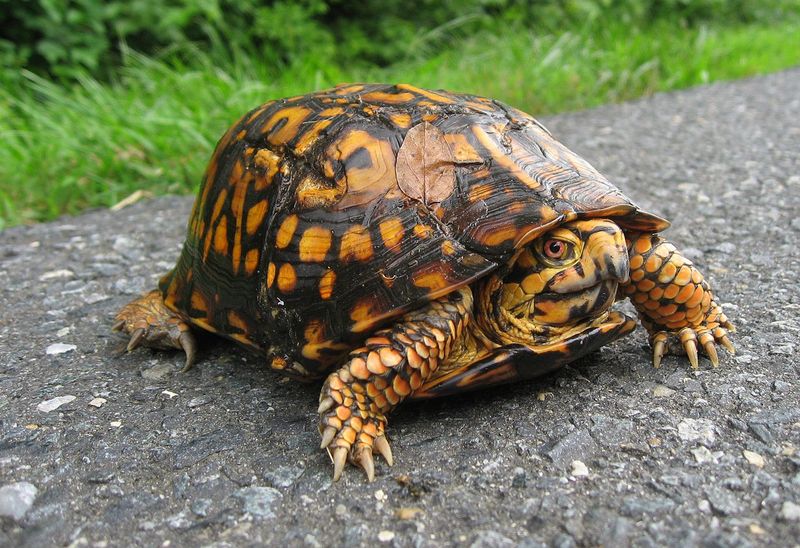
The Eastern Box Turtle, with its distinctive domed shell, is a terrestrial reptile found in Michigan’s forests. Known for their longevity, these turtles can live for several decades in the wild.
They prefer moist, wooded environments and are often seen during the spring and fall. Spotting a box turtle requires a keen eye, as they blend well into their surroundings.
Their slow, deliberate movements and unique patterns make them fascinating subjects for observation. Exploring Michigan’s natural trails might lead you to cross paths with one of these intriguing creatures, each a tiny piece of the state’s rich biodiversity.

